Traditions
Traditions
Dance
In many West African cultures, including Mali and Guinea, a new mother traditionally stays at her mother’s house for this period of rest and recovery after giving birth, often receiving support with baby care, meals, and household chores.
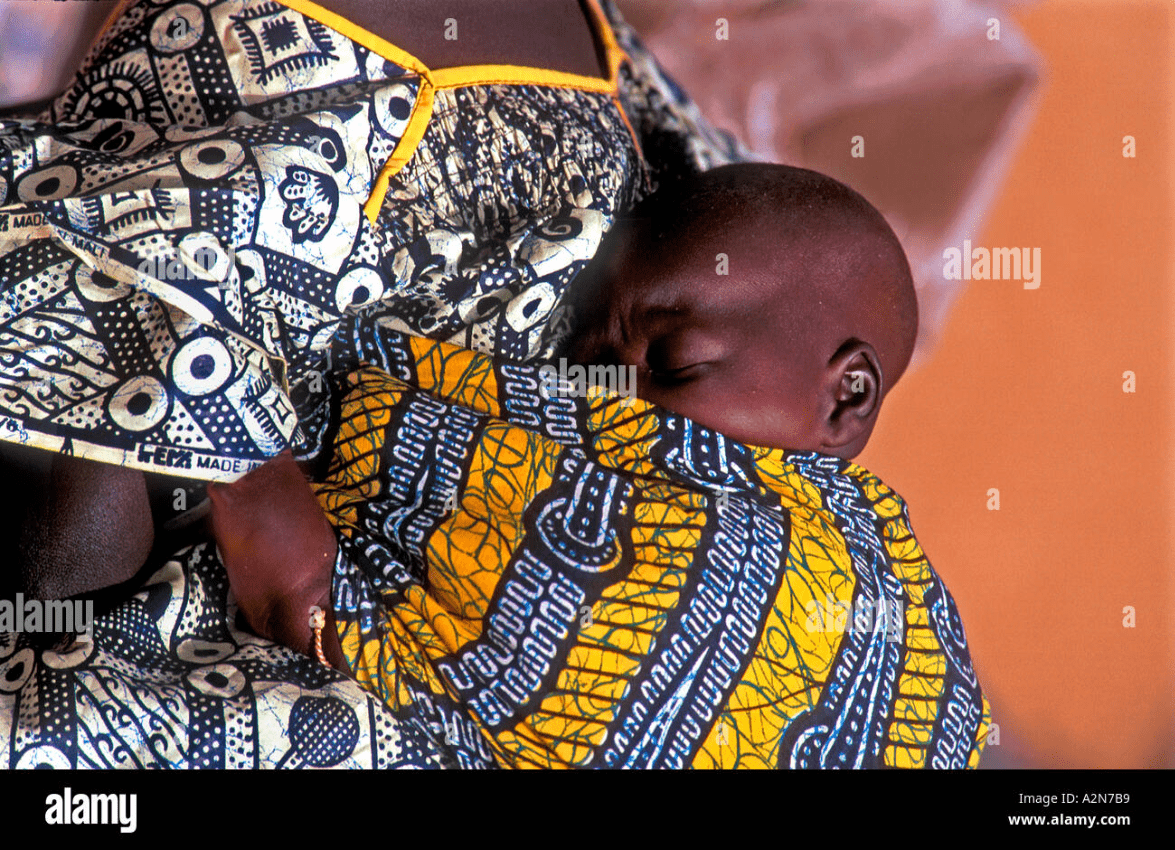 What is 40 days?
What is 40 days?
This spicy West African peanut stew is common in Senegal, Mali, and Guinea, and is often served with rice.
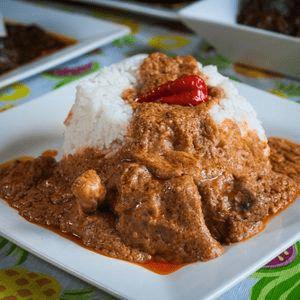 What is tigadegue or maafe tiga?
What is tigadegue or maafe tiga?
This Guinean singer is known for “Biriya,” a beloved wedding classic played at celebrations across West Africa.
Who is Mory Kante?
This wealthy West African empire was ruled by Mansa Musa in the 14th century.
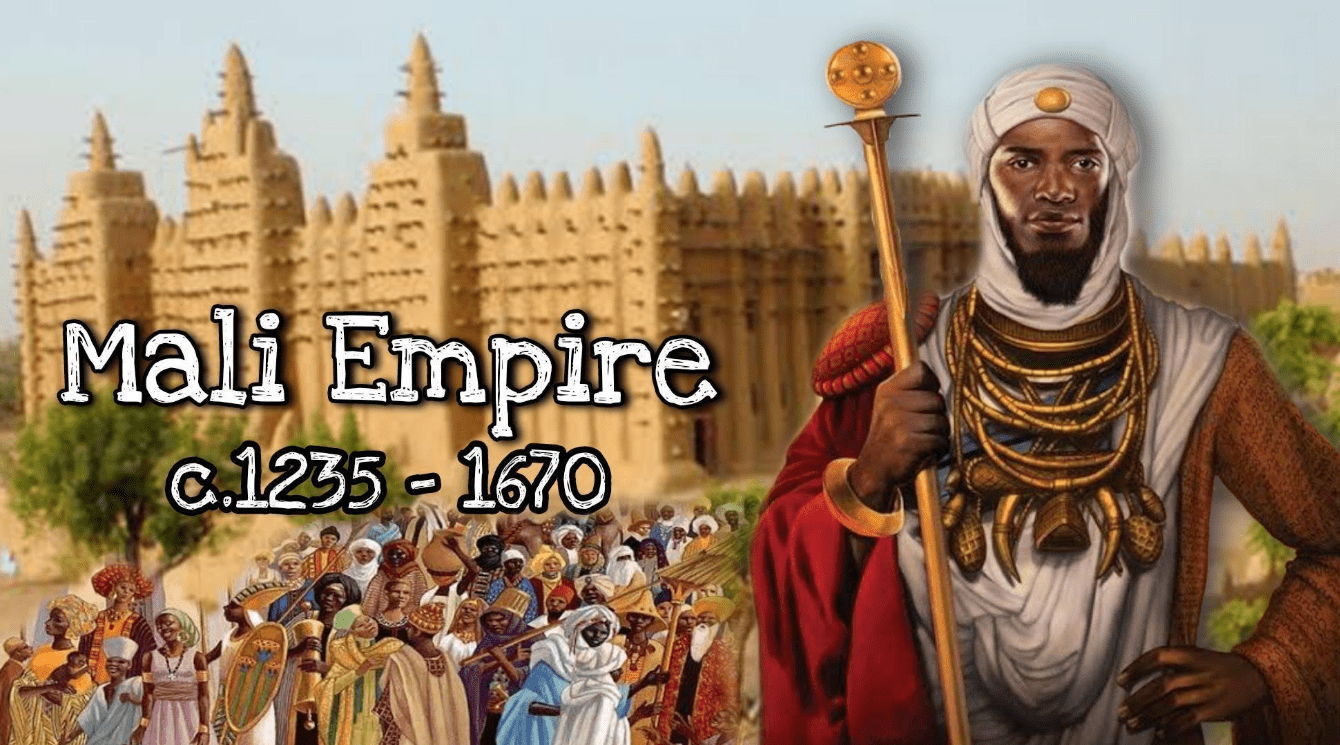
In Guinea and Mali, this Mandé language is one of the most commonly spoken in daily life.
What is malinke?
In Mandé culture, the baby naming ceremony often takes place on this day after birth, for introducing the child to the community.
What is Day 7?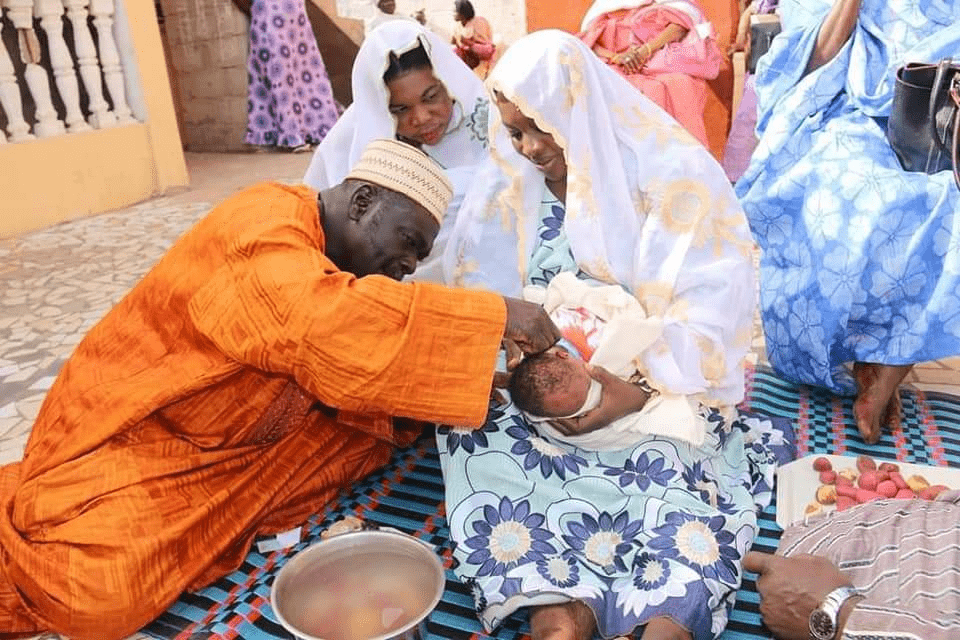
This popular West African drink is made from hibiscus flowers and is served at gatherings, parties, and holidays.
What is bissap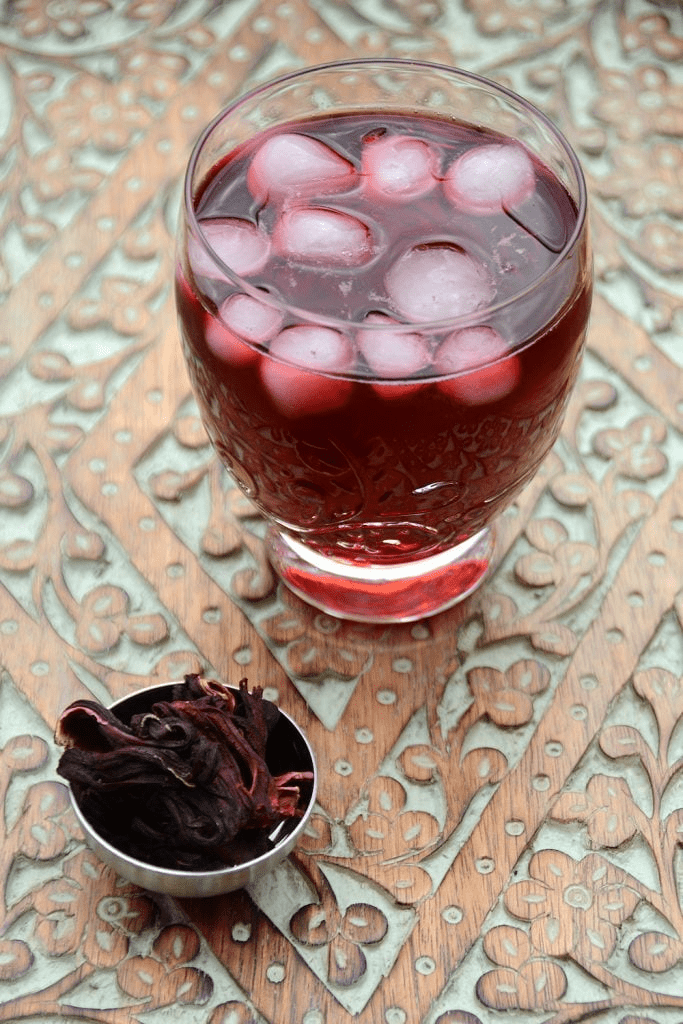
This iconic Ivorian dance and music genre became popular in the early 2000s and is known for energetic steps and fast beats.
What is coupe decale?
This smaller empire, located in present-day Senegal, was known for its trade networks and resistance to Portuguese expansion.
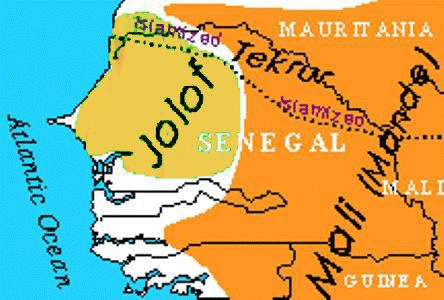 What is the Jolof Empire?
What is the Jolof Empire?
In Wolof, this common greeting means “How are you?”
What is "Nanga def?"
In many West African families, this elder woman—often an aunt or grandmother—helps guide the bride in marriage ceremonies.
What is the demba or marrain?
This Côte d’Ivoire fermented cassava dish is eaten with grilled fish or spicy sauces and is a national cultural icon.
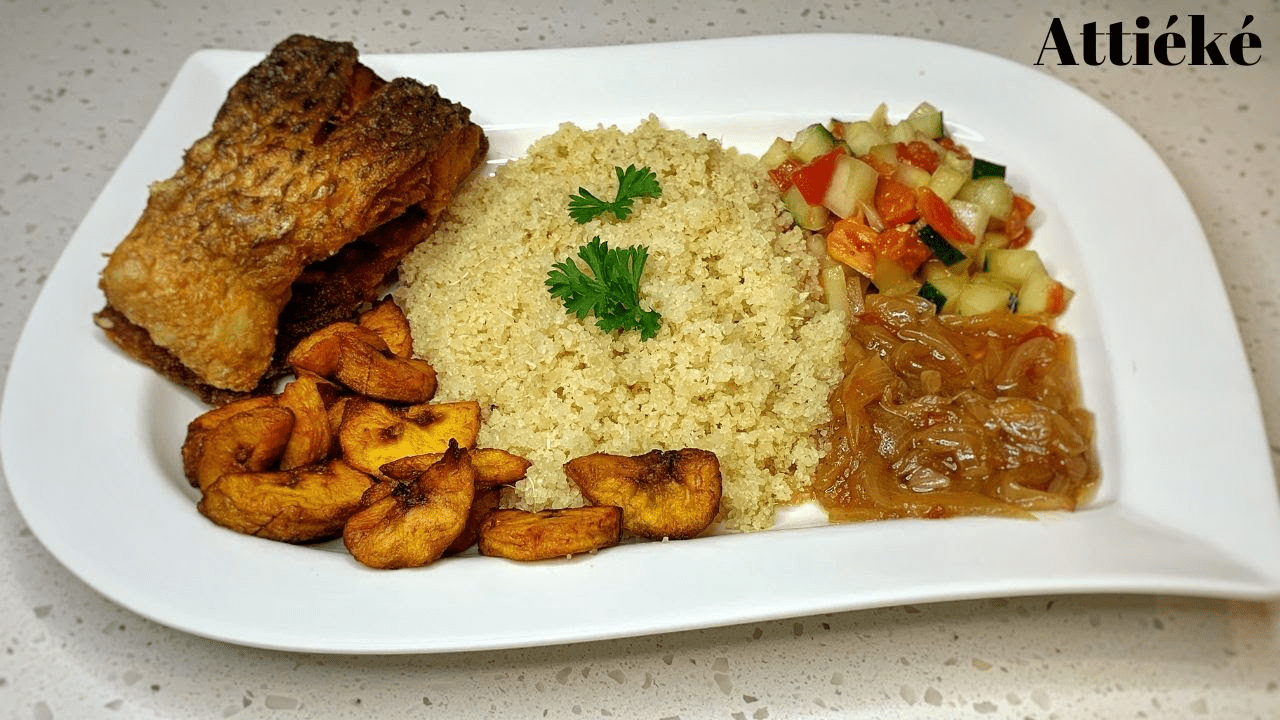 What is attieke?
What is attieke?
This 21-string harp is one of the most famous instruments of Mali, The Gambia, and Guinea, played by griots.
What is the kora?
This Guinean independence leader became the country’s first president in 1958.
Who is Ahmed Sékou Touré?
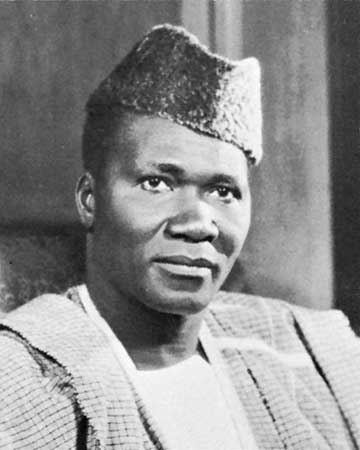
This is the most widely spoken language in coastal Guinea, especially around Conakry, and is known for being fast and rhythmic.
What is Soussou?
In many Mandé cultures, this hereditary class of storytellers, musicians, and oral historians preserves family and community history.
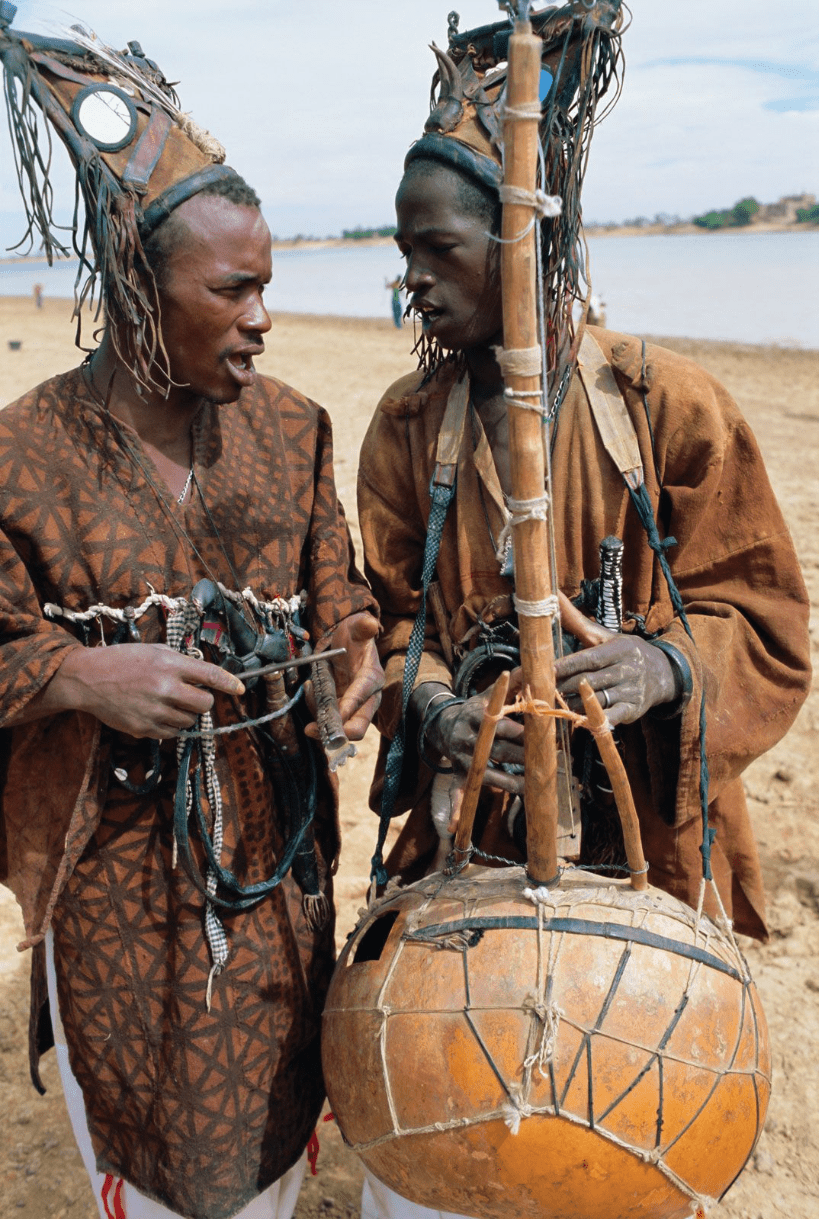 Who are the griots or djeli's?
Who are the griots or djeli's?
This tea ritual involves brewing strong green tea three times, with each round becoming sweeter.
What is attaya or te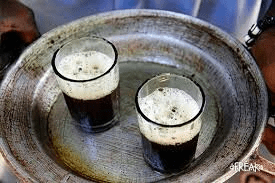
This legendary Malian musician, known as the “Golden Voice of Africa,” came from a long line of griots and sang traditional Mandé melodies.
Who is Salif Keita?
Although Mali and Guinea both use green, yellow, and red vertical stripes, this country officially adopted its flag first after independence.
Guinea (aka Mali jr.)
In Pulaar, this common greeting means “Hello” or “Peace be with you.”
What is “A jaaraama”?
This centuries-old craft, practiced by ethnic groups like the Mandé, involves dyeing cloth with fermented mud to create symbolic patterns.
 What is Bogolan
What is Bogolan
This Malian dish features small, steamed balls of millet or rice flour, often served with a sauce of okra, peanut, or tomato, and is a staple at celebrations.
What is 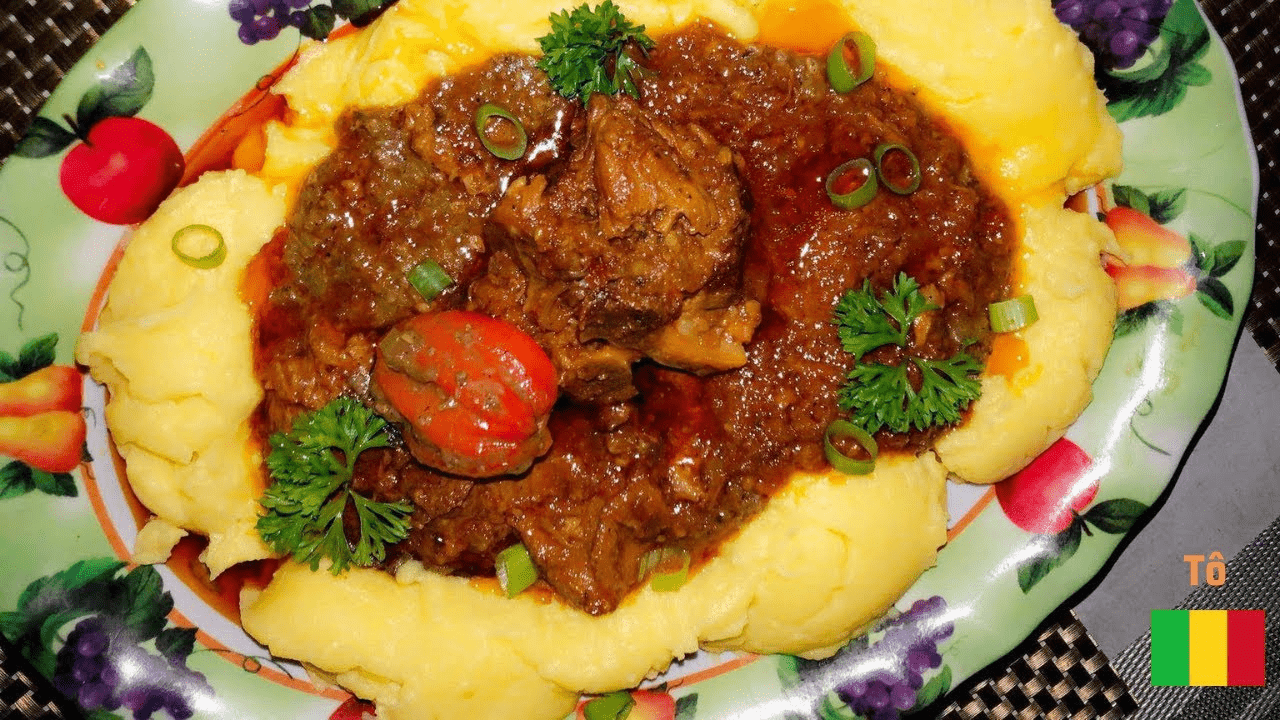 tô?
tô?
Before his solo career, Sidiki Diabaté became famous for his collaboration with this Malian rapper on the hit song “Ignanafi Debena.”
 Who is Iba One?
Who is Iba One?
This West African city is famous for its ancient manuscripts and libraries, earning it the nickname “City of 1,000 Scholars.”
What is Timbuktu? 
This Malian ethnic group is known for their cliffside dwellings, masked dances, and ceremonies tied to ancestor veneration. They are ethnic to Bandiagara.
Who are the dogon? 